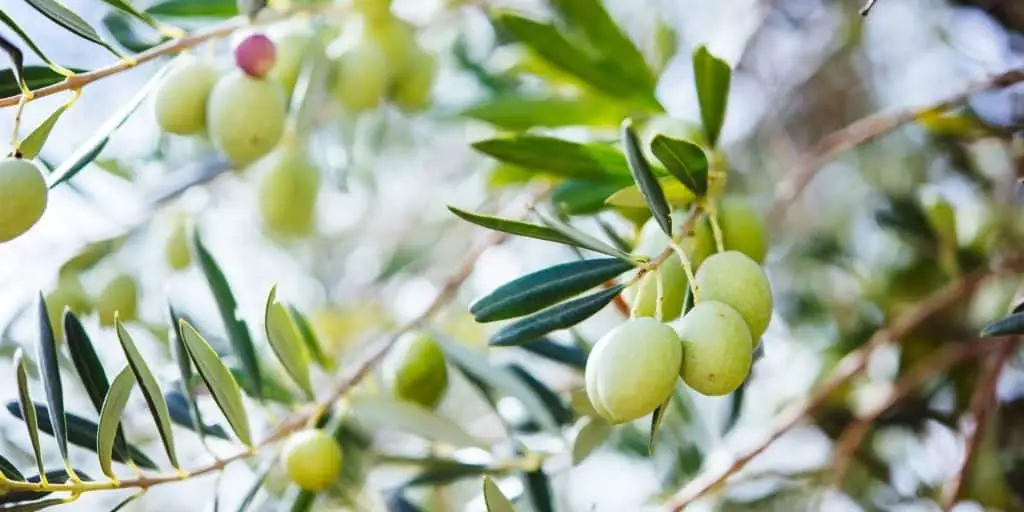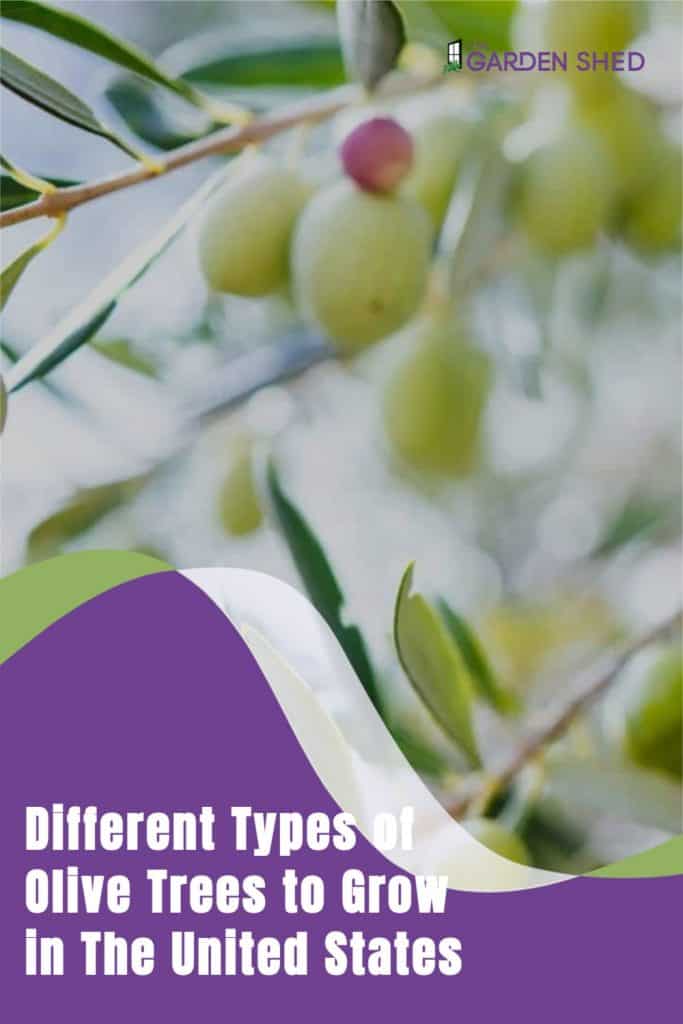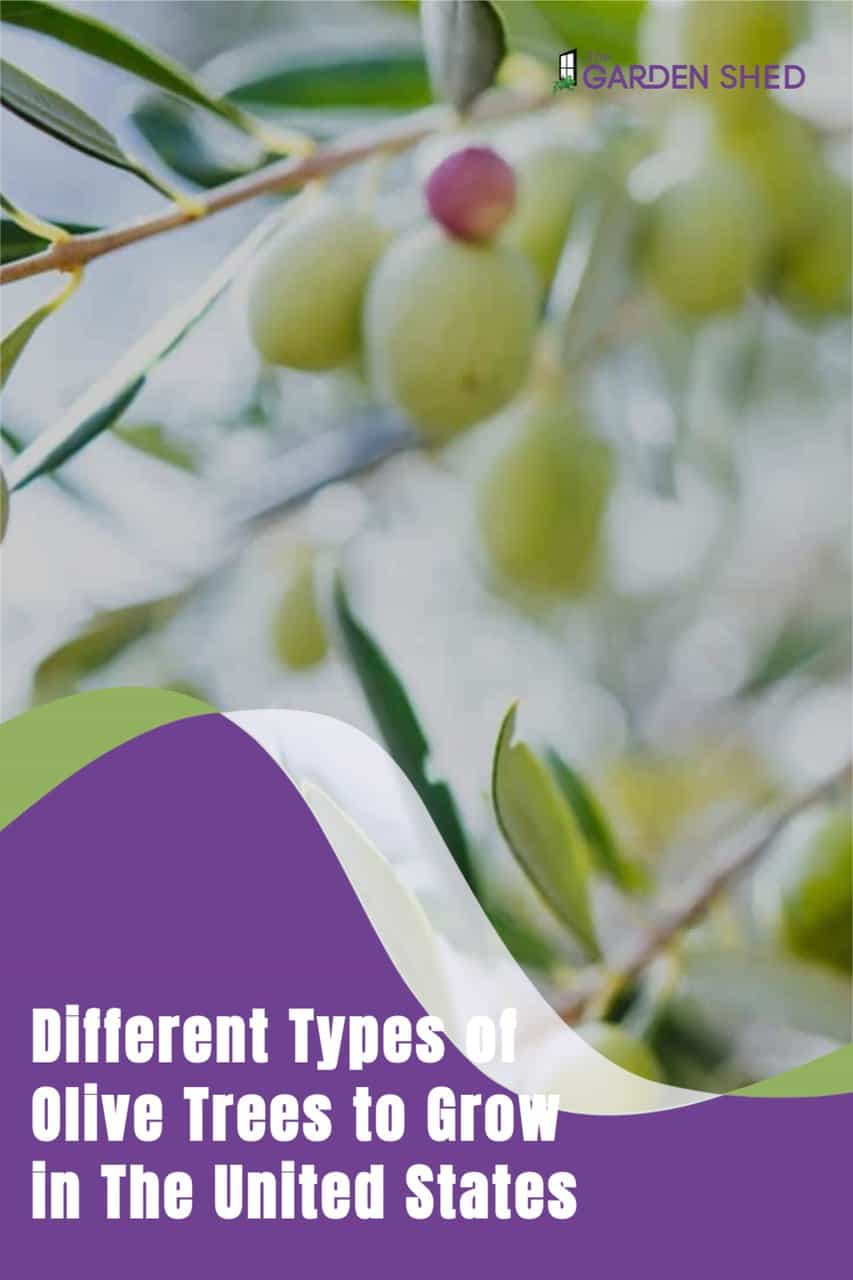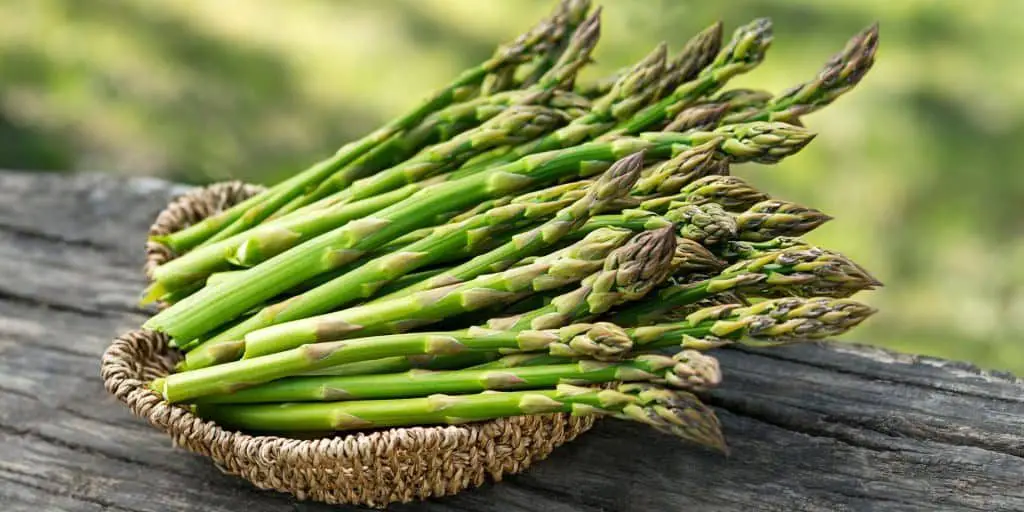
Different Types of Olive Trees to Grow in The United States
- A Brief History of the Olive Tree
- Olive Tree Characteristics
- Where Can Olive Trees Grow in the United States?
- How Do Olive Trees Grow?
- Harvesting Olive Trees
- How are Olives Cured?
- Different Types of Olive Trees to Grow in the United States
- Considerations When Choosing From the Different Types of Olive Trees
While olive trees originated in the Eastern Mediterranean area of present-day Turkey, different types of olive trees are grown all over the world, including the United States.
A Brief History of the Olive Tree
The olive tree is one of the oldest cultivated trees in the world. It has been an important part of Mediterranean culture, literature, and cuisine for over 4000 years. Olives have a variety of uses including medicinal, culinary, and as oils. Incredibly, the Greek City Times tells us the oldest living olive tree is in the village of Ano Vouves on the island of Crete. It is over 2000 years old and still bears fruit! Scientists from the University of Crete estimate that the tree could be over 4000 years old, although exact age is difficult to determine. Either way, 2000 years old or 4000 years old is undeniably a very old tree! The tree, called the Olive Tree of Vouves, receives over 20,000 visitors every year. There is a small Olive Tree Museum next to the tree.
Olive Tree Characteristics
Obviously, your long-lived olive tree is probably going to outlive you. While the different types of olive trees may vary, most are slow-growing and start bearing fruit at about five or six years old. Fruit production increases as the tree ages.
The bark is smooth and gray when young but becomes gnarled as the tree ages. Olive trees average about 30 feet tall and wide. The leaves are evergreen and provide color throughout the season. A nice feature, the two-toned leaves are gray-green on top and silver underneath.
The trees are also very tough. Even if the tree is “destroyed” by fire or frost, the roots will not die. After the tree is cut down, the roots will sprout again and create a new tree.
Olives are drupes, which is a fleshy fruit that contains a single seed. Cherries and peaches are also drupe fruits.
Where Can Olive Trees Grow in the United States?
Olive trees need a warm climate and, therefore, most grow only in the USDA Planting Zones of 8 through 10 in the United States. Certain varieties, however, grow in zone 7. These olive tree varieties include the Arbequina, Mission, Manzanilla, and Picual. It is important to choose protected locations in zone 7 for these trees such as against a hedge or wall facing west or south. In addition, you may need to cover your zone 7 olive trees overnight if you are expecting an extreme temperature drop, especially for the first few years when your tree is more susceptible to the cold. As your tree ages, it will become more cold tolerant.
How Do Olive Trees Grow?
Olive trees grow from root or branch cuttings or from grafts. Most olive trees are self-pollinating, but growing at least two varieties will increase your chance of pollination.
The olive tree needs a climate with long and hot summers and cool (not frigid) winters. They grow best in a sunny location.
Harvesting Olive Trees
One thing all the different types of olive trees have in common is the fruit all starts out green in color. They gradually ripen to dark brown, reddish-purple, or black. Interestingly, there are no ripe green olives. The riper the olive, the darker the color. Green (less ripe) olives tend to have a firm texture. As the olives ripen, and darken in color, the texture also transforms and becomes more meaty. Olives are typically picked by hand and not allowed to drop to the ground (and possibly bruise). The Restaurant Business Online website tells us a mature olive tree produces between 33 and 44 pounds of olives per year.
How are Olives Cured?
Olives are cured in a variety of ways. Cures include oil, water, brine, salt, or lye. While olives are edible directly from the tree, they taste extremely bitter. Thankfully, curing gives the different types of olives the taste that we recognize and love.
Different Types of Olive Trees to Grow in the United States
All of the different types of olive trees listed below grow successfully in the United States if planted in the proper zone.
Amfissa
Native to central Greece, Amfissa olive trees grow in planting zones 9 to 11. They typically reach a height between 20 and 30 feet. Depending on the cure, Amfissa olives taste mild and fruity or have a sharp citrus flavor. Unlike most olive trees, the Amfissa is relatively fast growing and begins producing fruit in three to four years.
Arbequina
The Arbequina olive tree grows in USDA Planting Zones 7 to 11. It is native to the Catalonia region of Spain, and reaches a height of 15 to 30 feet tall. The light brown olives have a firm texture and a mild fruity taste. The oil also has a fruity taste. The tree starts bearing fruit at about 4 years old, a little earlier than a lot of olive trees. Compared to other different types of olive trees, the fruit is small, but so is the pit, so they are great for eating. Because of their small size, the olives are a good choice for mechanized harvesting. After the Picual olive, the Arbequina is the second most popular oil for olive oil production.
Frantoio
Frantoio olives originate in the central Italy region of Tuscany. In the United States, they grow in planting zones 8 to 11. One of the fastest growing olive trees, the Frantoio produces oval-shaped olives as early as two years. When mature, the tree stands between 20 and 25 feet tall. They have a relatively high oil content and are popular for olive oil production. The oil is fruity tasting with a slight bitterness.
Hojiblanca
The third most popular olive for olive oil production, the Spanish Hojiblanca olive has a distinct flavor, starting sweet and then ending with a bitter aftertaste. It grows in USDA Planting Zones 8 to 10. At maturity, the Hojiblanca olive tree is between 15 and 20 feet tall. The trees are drought and cold resistant and produce large olives.
Kalamata
This popular Greek olive grows in zones 7 to 10. Trees reach a height between 20 and 25 feet tall. The olive has an almond shape and the purple and black olives are most popular. The flavor is somewhat smoky and fruity and the black olives are a popular choice for recipes. Kalamata olives are very popular as table olives. The meaty olive is handpicked when ripe and is never harvested while still green.
Manzanillo
When you consider the different types of olive trees for the United States, you must examine this versatile variety. The most popular olive in the United States, the Manzanillo olive originates from Spain. It grows in planting zones 7 to 10 and reaches a height between 20 and 30 feet. Filled with pimento, these olives are popular for snacking. They are also great for pasta salads. The tree itself is an interesting tree with a gnarled trunk that always adds interest to the garden.
Mission
Mission olives grow in planting zones 7 to 10. They originated in Spain, but have been successfully grown in California since the late 1700s. Of all the different types of olive trees, the Mission olive tree has one of the most interesting stories. The history of the Mission olive is traced to olive trees planted during that time period by Franciscan missionaries. These missionaries planted the first trees in 1769. The Olive Oil Times website tells us over the next 50 years another 21 missions were established in California, each with its own olive grove. Today, Mission olives remain one of the most popular varieties of olives grown in California. The tree typically grows between 25 and 30 feet tall. Mission olives are popular for oil productions and as green or black snack olives.
Picholine
Picholine olive trees grow in planting zones 8 to 10. The Picholine is native to France and grows to a height between 20 and 30 feet. It is a popular olive in France because of its mild-flavored oil and spicy flavor. Green olives have a crunchy texture and are popular for eating. When used for oil, the olives are allowed to ripen to a black color.
Picual
The Spanish Pical olive boasts a high oil content and, as a result, is the most popular olive for olive oil production. The area of Andalusia produces the most olive oil from these olives. In the United States, Picual olive trees grow in planting zones 8 to 10. The trees typically grow between 25 and 30 feet high.
Sevillano
The Sevillano, or Gordal Sevillano, is a large Spanish olive that grows in zones 8 to 11. It grows to a height between 20 to 30 feet and has a pretty gnarled trunk that adds interest to the garden. This plump green olive is delicious filled with pimentos or cheese.
Considerations When Choosing From the Different Types of Olive Trees
Intended Use
Some olive trees produce olives that are better for eating while others produce olives that are great for oil production. When selecting an olive tree, think about how you might use the olives and choose accordingly.
Your Planting Zone
Even if tempted, avoid olive trees not suited for your planting zone. Ultimately, you will only be frustrated when your olive tree fails to thrive or, worse yet, dies due to adverse conditions in your location.
Location
Most olive trees thrive in a sunny location. Some are more fragile than others and do best when slightly protected by a wall or hedge. Do your research and plant your olive tree in the ultimate location in your garden. If you choose wisely, you will be rewarded with delicious olives for many years to come.

Related posts:
- Affordable Ways to Remove a Tree Stump
- Native Florida Flowers – 12 Colorful Ideas For Your Yard
- The Legend of the Dogwood Tree
- Plants That Keep Snakes Away






